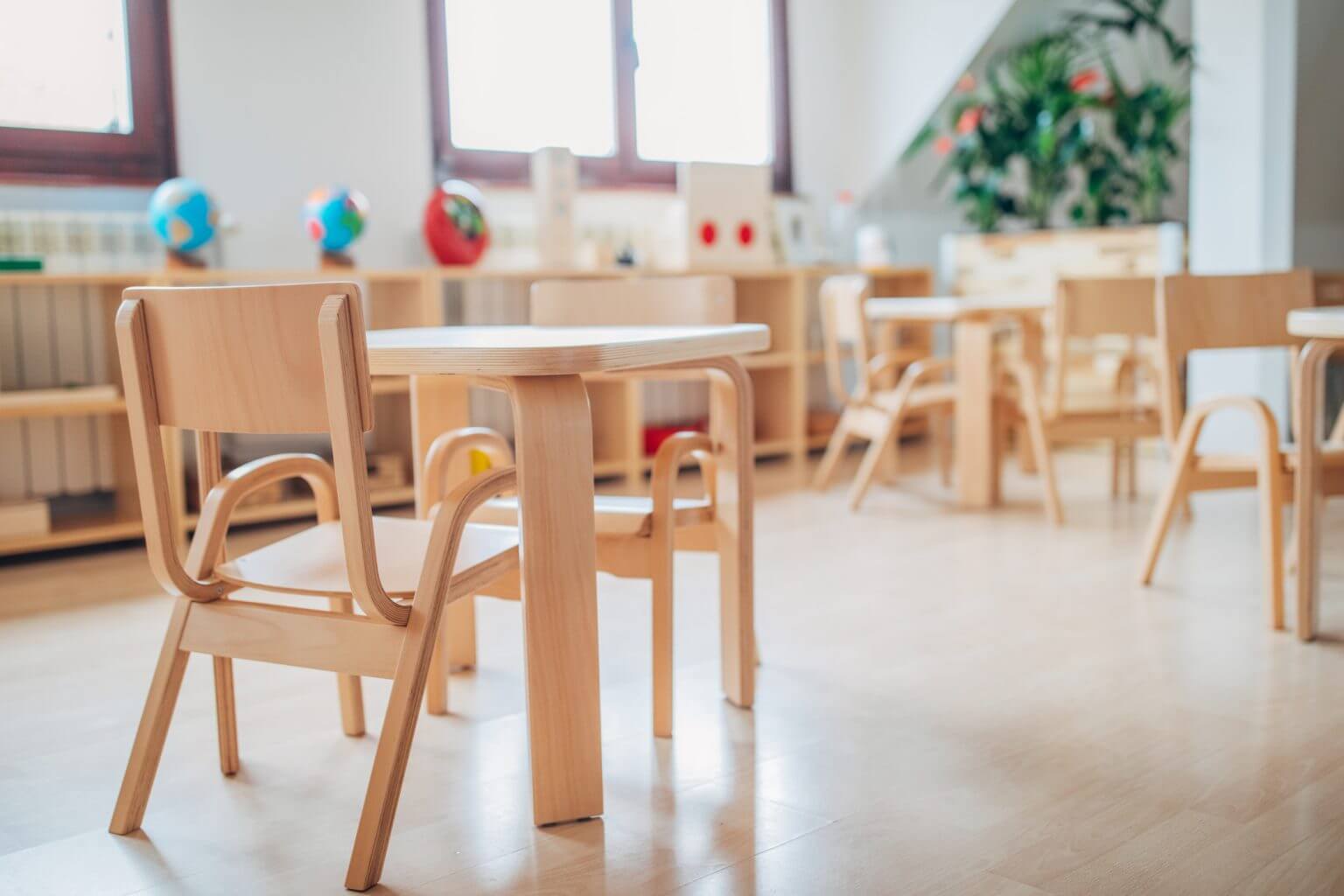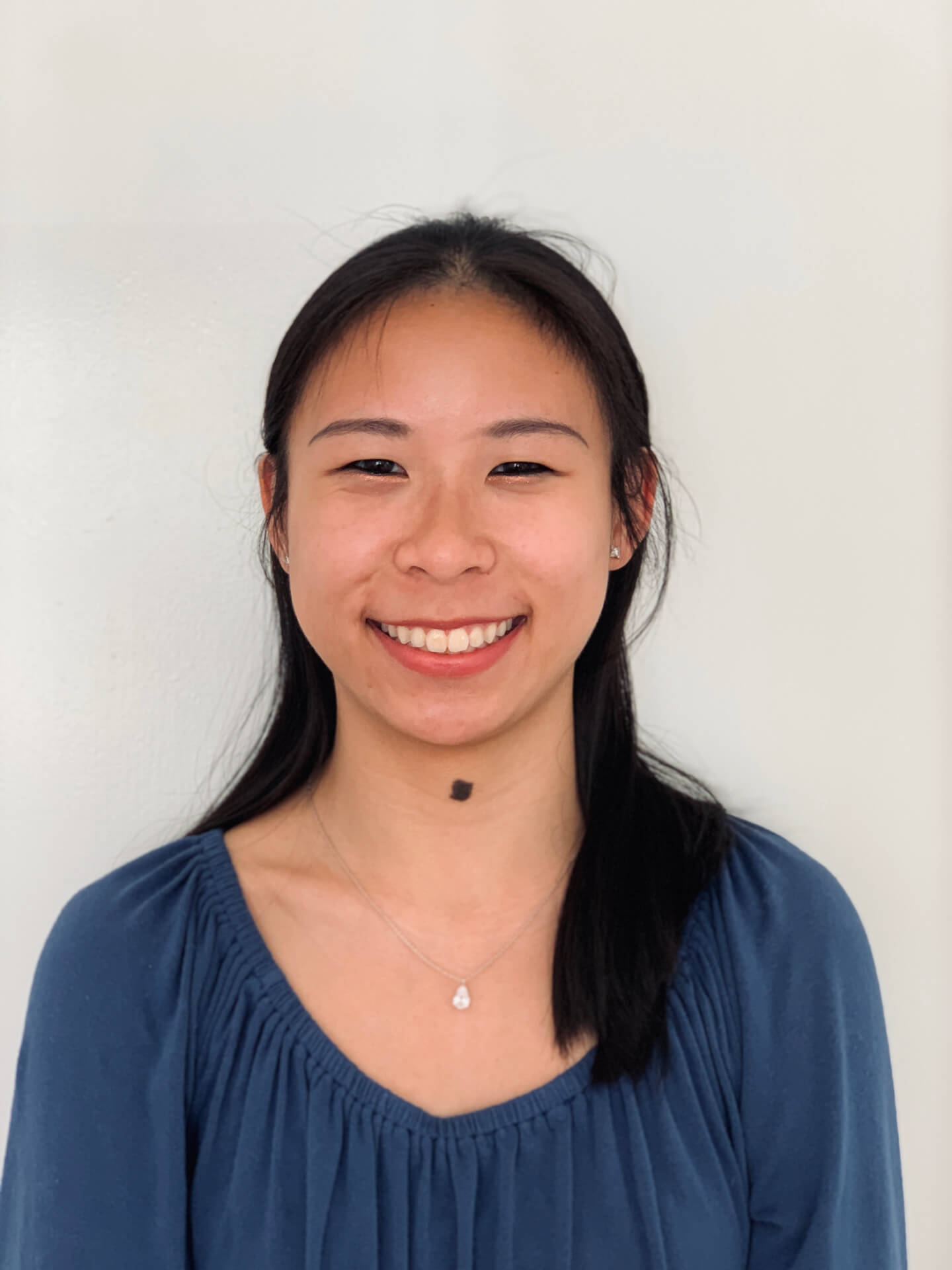State Ed Board Members Disagree Over Whether It’s Time for Students to Return to School Buildings

State Board of Education members disagreed Monday about whether schools should reopen, even as some parents, eager for a return to classrooms, are “crying out for help” from the state panel because they feel they aren’t being heard locally, a board member said Monday.
Rose Li told the State Board of Education on Monday morning that she was impressed by the number of letters to State Superintendent of Schools Karen B. Salmon, which expressed the difficulties and shortfalls of remote learning. Not only are special education children suffering, but typical and gifted children are falling behind and need in-person support, Li said.
“There was one I had to laugh; the person said ‘imagine twelve 5-year olds on Zoom. It’s just crazy,’” Li said. She urged the board to look at the issue more seriously and to be more “forceful” in pushing local school systems to reopen.
In late August, Gov. Lawrence J. Hogan Jr. (R) and Salmon pressured all local school systems to reopen for at least some in-person instruction this fall. Announced only a week before the first day of school in some counties, teachers’ unions and some state lawmakers faulted the late timing of the announcement and said it showed a lack of leadership.
“The point has been made ― if you can open bars and movie theaters and shopping malls, why can’t you open the schools?” Li said.
Zoom is not effective for group communication and picking up non-verbal responses, which poses a serious problem in classroom settings, board member Shawn Bartley said.
Bartley’s middle school-aged nephew cannot turn to his classmates to ask for help or share information because only one person can talk at a time on Zoom. Teachers cannot read non-verbal communication, including cues they would normally rely on to assess whether a student may need a deeper explanation on a concept that could benefit the whole class, he continued.
Bartley suggested that students should be prioritized over teachers’ health.
“At the end of the day, our focus is the student,” he said. “I understand the concerns about teachers and the immunity of students being higher than the teacher … but at the end of the day, but for students there would be no teachers.”
“What came first: the student or the teacher? We know the student came first. We need to prioritize our student first … and make sure they’re not falling behind and that we are pushing forward to find a way to get back in school,” he said.
If the state is comfortable opening up day cares, malls and movie theaters, then it should also open school buildings so that students can have face-to-face instruction and not fall further behind, he said.
Still, this does not mean that safety precautions can be ignored, said Rachel McCusker, a board member and teacher in Carroll County. Taking kids to a movie theater for two hours and driving back home is not the same as keeping a group of children in school for the whole day, she said.
Teachers, administrators and custodians are all spending a lot of time to figure out how to safely bring students back into school buildings, which is a “really complex puzzle” and takes time, she said.
“It is an incredible machine full of cogs that need to be put in place, and it’s not something that can we talk about cavalierly if we are not in the building trying to make those decisions,” McCusker said.
Bringing students back for in-person instruction offers more socialization for students than Zoom, but it is important to remember that socialization in a hybrid setting will not be the same, she added.
In a hybrid setting, teachers are expected to juggle working with students online and with students in-person. And even if school buildings open for students, there will still be parents who do not feel comfortable sending their children back.
“It’s like trying to be two people,” said Jean Halle, vice president of state board. “Teachers can’t do both of those things for an unlimited amount of time.”
But as children continue to stay at home, parents are worried about their children’s social emotional development. It is hard for young children to learn how to empathize with others, understand their own emotions and develop relationships when they have been isolated at home for the past 6 months.
Students have had to wait for days, if not weeks, to simply get in touch with a counselor and schedule a meeting, Jason Wu, the student representative, said.
Assistant State Superintendent Mary Gable reassured that a student in a serious mental health crisis will be seen.
“A student that is in crisis ― everything stops ― and that student needs to be seen, and a counselor needs to be available,” she said.
The board presented a vision for social emotional learning in the state, as well as recent data on the number of school psychologists and counselors that Maryland students have access to.
The American School Counseling Association (ASCA) recommends a ratio of one counselor for every 250 students, but the nationwide average is 455 students to 1 counselor. Maryland has an average of 1 counselor for every 351 students, according to ASCA.
However, Baltimore City had the highest discrepancy between school counselors and students, with 1 counselor for every 713 students, according to MSDE.
The National Association of School Psychologists recommends that there should be no more than 500 students for every school psychologist, but Maryland has 1,116 students for every psychologist, according to MSDE.
But the shortage of school psychologists may be even larger than stated in MSDE’s report, according to the Maryland School Psychologists’ Association. Psychologists who work only a few days a week or who do not provide comprehensive services may also be included in the state’s figure, the association said.
Washington County had the highest student-to-psychologist ratio in the state, with one psychologist per 4,703 students.
Just like teachers and speech pathologists, there is a great shortage of school psychologists to hire in the first place, Salmon said. “There’s just not a lot of people out there,” she said. “It’s very, very challenging.”
Editor’s Note: This story has been updated to reflect a new recommendation from the National Association of School Psychologists to meet psychologist-to-student ratios of 500:1. The state report refers to a previous higher ratio.




 Creative Commons Attribution
Creative Commons Attribution